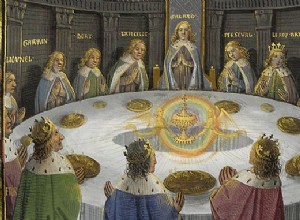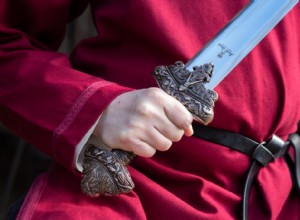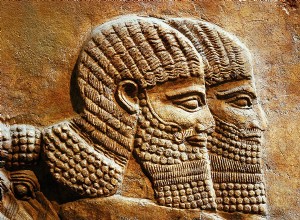One day, to subdue her lovers pride, the queen tells him that she is capable of spending 10 million sesterces for a single dinner. The following night, she organizes a banquet, splendid indeed, but no more than usual. Comes the moment of the dessert. Cleopatra then asks for a cup of vinegar. She tak




